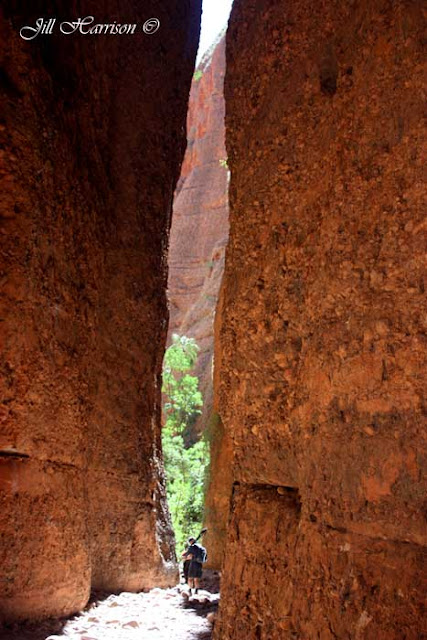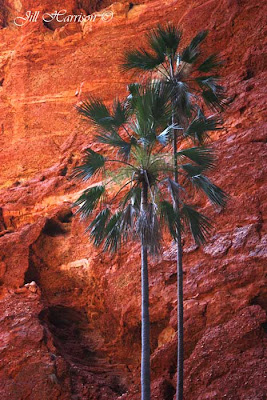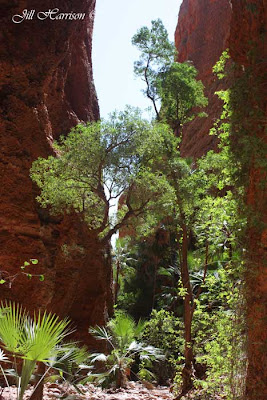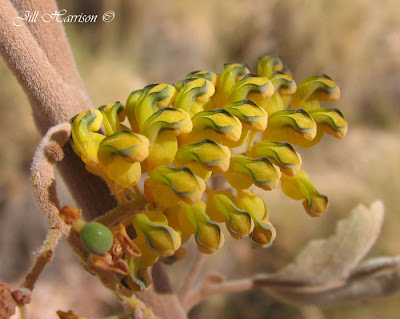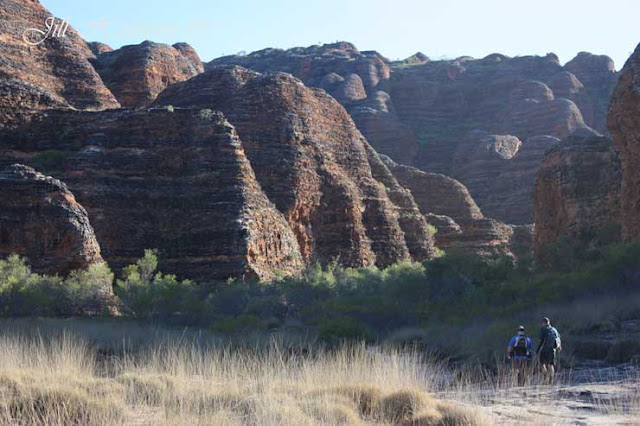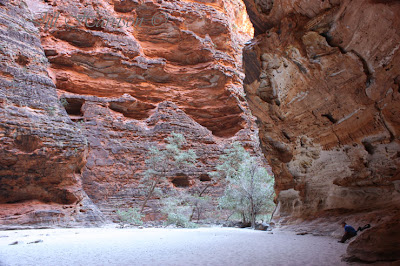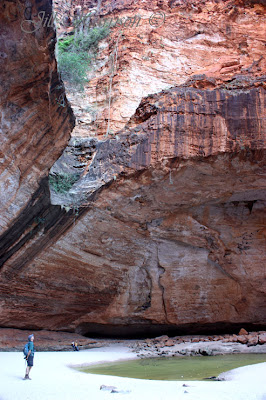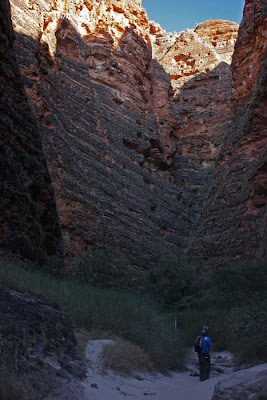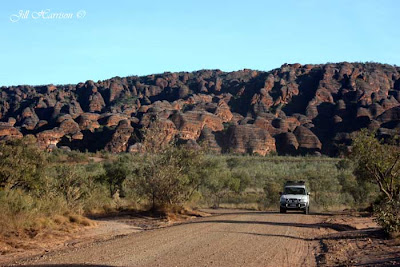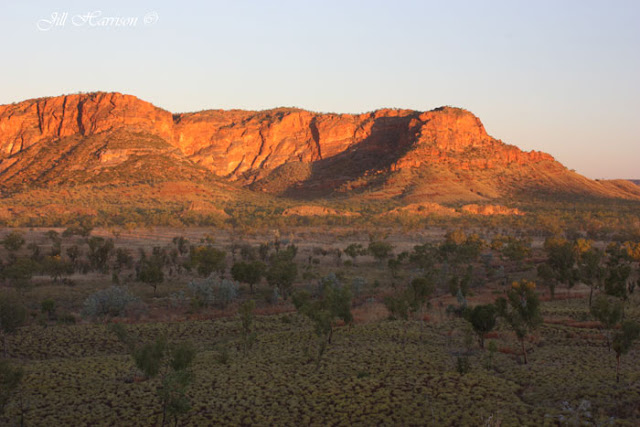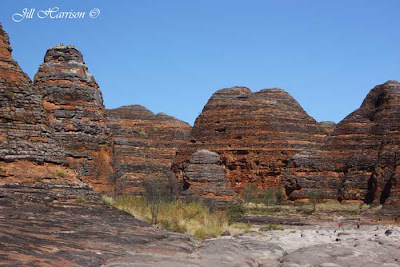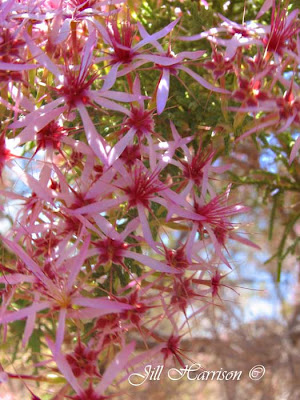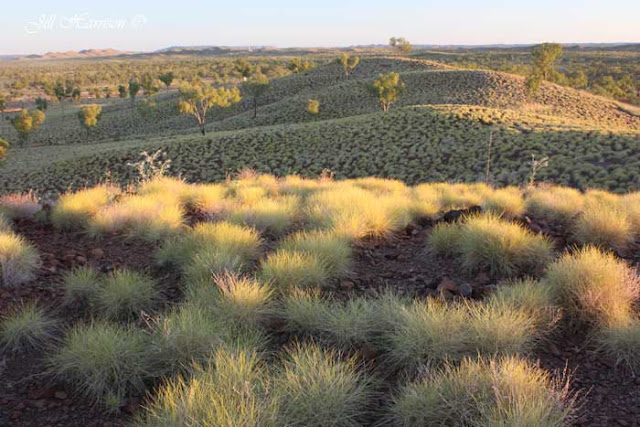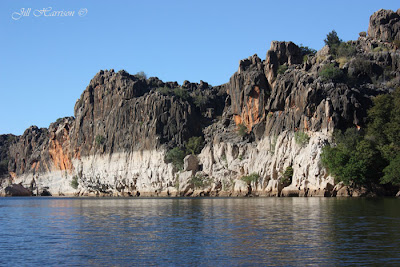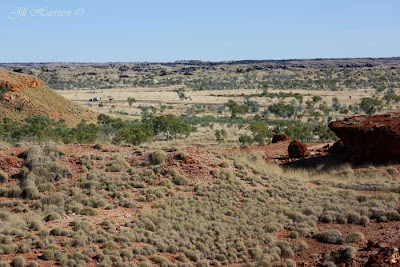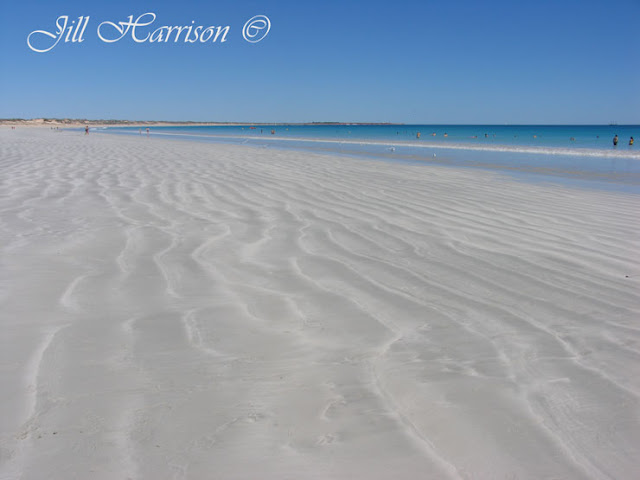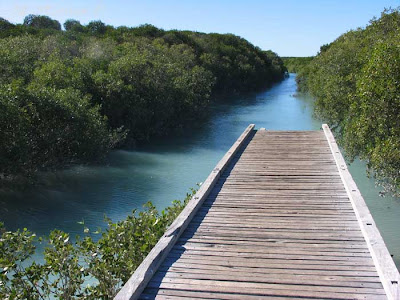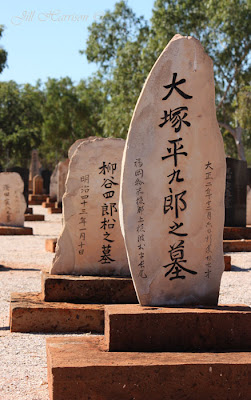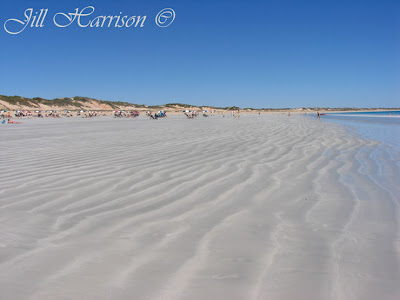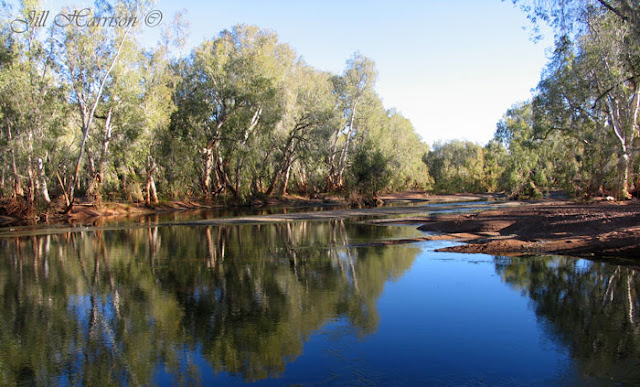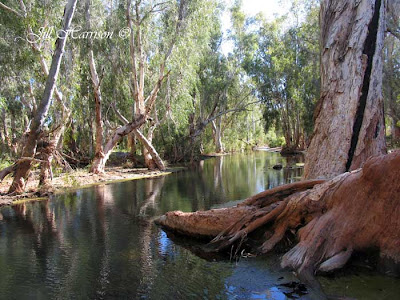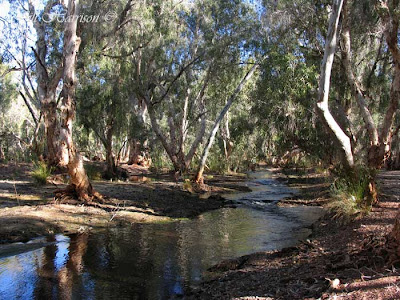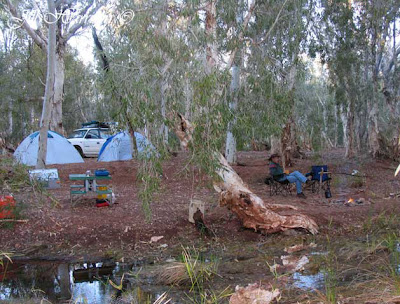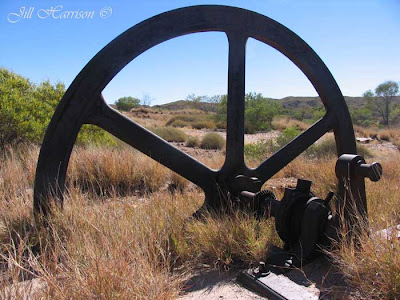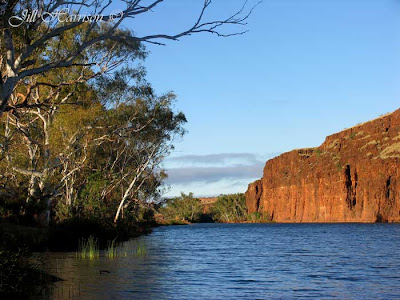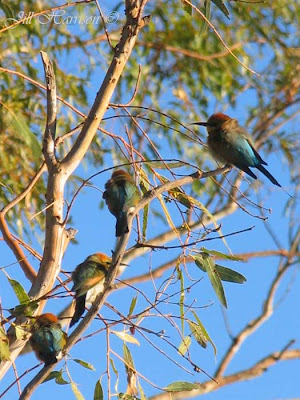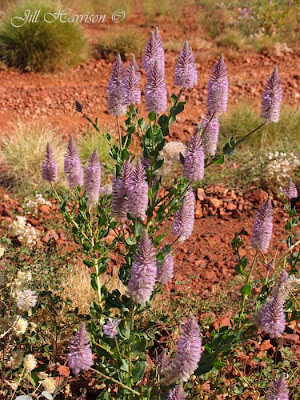Welcome to Week 35 of my 52 week tour around my beautiful and diverse state, Western Australia.
This week we move continue eastward from our last destination, Fitzroy Crossing in the Kimberley in Western Australia's far north, and enter the magnificent domes of Purnululu National Park. Given World Heritage listing in 2003, Purnululu is one of Western Australia’s newest and most spectacular National Parks.
In the Kija Aboriginal language "purnululu" means sandstone. The Aboriginal people inhabited the region for thousands of years, however Purnululu (formerly known as the Bungle Bungles) was known only to a few Europeans until the mid 1980s. How it received the name Bungle Bungles remains an intriguing mystery with several explanations including the corruption of the Aboriginal name Purnululu, or derived from the name of a common Kimberley grass, bundle bundle grass, or the ranges proximity to the old Bungle Bungle cattle station.
Only a small percentage of the park is accessible on foot. One of the most spectacular walks in the Park, is the walk through the domes to Cathedral Gorge - my favourite of all the gorges.
I recommend coming here early in the morning to fully experience the atmosphere of the gorge before the crowds arrive. An early morning walk is also great for photography as you can capture the light filtering through the gorges and lighting up the rocks, as you can see in this photo.
The walk terminates within an almost 360 degrees towering amphitheatre that soars above you, sheltering a central pool. Cathedral Gorge is well named. Entering its immense towering cavern is like entering a magnificent natural cathedral, a place steeped in time and history. The red and orange sandstone walls tower above you, and the white sand crunches softly underfoot. Tiny tracks from night time animals can be seen going across the sand to the central pool which sits still and undisturbed like a mirror. It is a place for hushed voices and to sit quietly with your own thoughts. If you come early in the morning, as we did, you can enjoy the peace undisturbed. It has the atmosphere of a holy place, a sanctuary.
Another photo within Cathedral Gorge.
This is the junction of the Cathedral Gorge and the Piccaninny Creek walk. Annually 44,000 people visit Purnululu’s beehive-like domes which have become well known around the world, but seeing photos does not truly capture their grandeur or come close to the reality of standing amongst these awesome sandstone structures. The ranges are the remains of a large sedimentary rock mass laid down about 360 million years ago, uplifted to form ranges, then moulded by erosion and weathering and encased in a skin of silica and algae and a patina of iron and manganese oxidation which gives the domes the rusty orange and dark grey bandings you see today. Contrary to its solid appearance the sandstone is very fragile. The weight of overlying rock holds the sand grains in place, but when this is removed the sandstone easily erodes demonstrated by the rounded tops of the Domes.
This is walking into Cathedral Gorge. I've had to lighten the photo a bit so you can see the details as the rock walls were all in shadow.
Here we are driving through the park.
This is our camp for the next few days. It was hot while we were in Purnululu, so we walked early in the morning, back to camp by early afternoon, laze around under the trees at camp reading a book, sort through photos, or like my son doing crosswords. Peaceful. It is beautiful to wake up to the bird song in the morning.
There are two camping areas - this one is Kurrajong. There is also a commercial upmarket tented camp for tour groups.
And of course there is always sunset drinks.....At the end of the day visitors congregate with their chairs and drinks at the Kungkalahayi Lookout, three kilometres from the Visitor Centre, to enjoy the 360 panoramic views and to watch the last rays of sun spread over the Spinifex covered ridges to light up the rocks changing them to brilliant orange and reds. There are also other parking bays along the roads through Purnululu where you can enjoy the sunsets. It is a lovely way to end the day.
From Cathedral Gorge you can access Piccaninny Creek. Allow 1-2 hours for the three kilometre return walk which takes you along the exposed bed of Piccaninny Creek to the lookout for views over Piccaninny Creek and the plains beyond.
Here is the start of the Piccaninny Creek walk - the white smooth rocks are the solidified base of the creek - it looks like water was solidified as it was flowing. amazing!
More adventurous, fit and well equipped walkers can experience the spectacular overnight Piccaninny Gorge walk, over 30 kilometres. The Gorge which has no marked track and no defined end point, takes you along the exposed rocky bed of Piccaninny Creek for seven kilometres before it enters the Gorge itself at the Elbow. The deeper you go the more spectacular it becomes. The walk within in the Gorge becomes moderately difficult negotiating around fallen boulders and loose rocks. Walkers can explore a complex series of side gullies and gorges containing waterholes and lush vegetation.
The walk to the entrance of the Gorge and return will take a full day. Those wishing to explore the Gorge system beyond must camp overnight. It would be an unforgettable experience. We would have liked to have attempted it - but we weren't properly equipped or prepared. Perhaps next time....
Here is part of the walk near the start ....
Add of course some wildflowers - this is the Kimberely Heath - I photographed it near the junction of the Cathedral Gorge and Piccaninny Creek walks.
I rather like this photo of spinifex in late afternoon light...
The colours are amazing in the outback, and the skys so big, and yes billions of starts at night. Pure bliss. I just love it out in our "out-back" - I always wish I could stay instead of coming home to everyday life. It is always difficult when we return home again.
I hope you have enjoyed these additional photos. This week I will be bringing you Part 2 - as we explore Echidna Chasm and Mini Palms Gorge. I hope you will join me.


